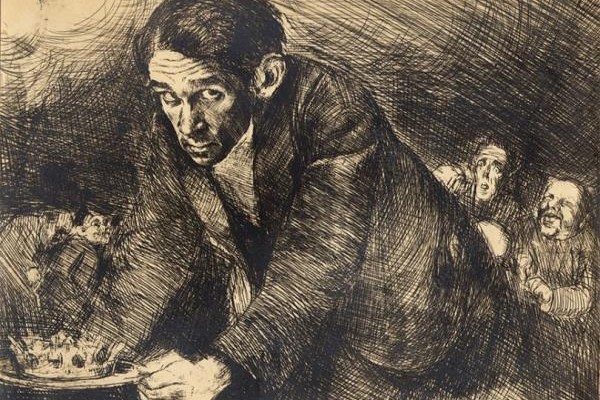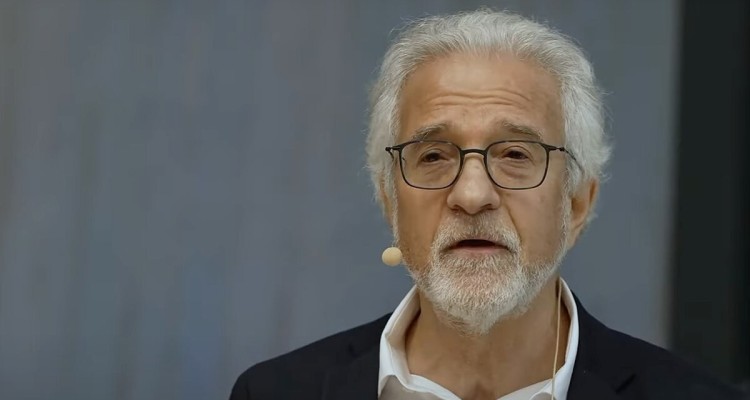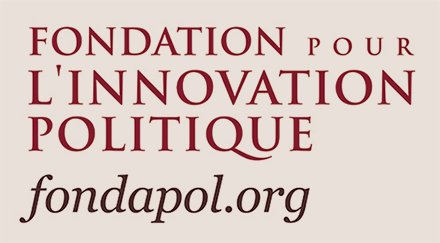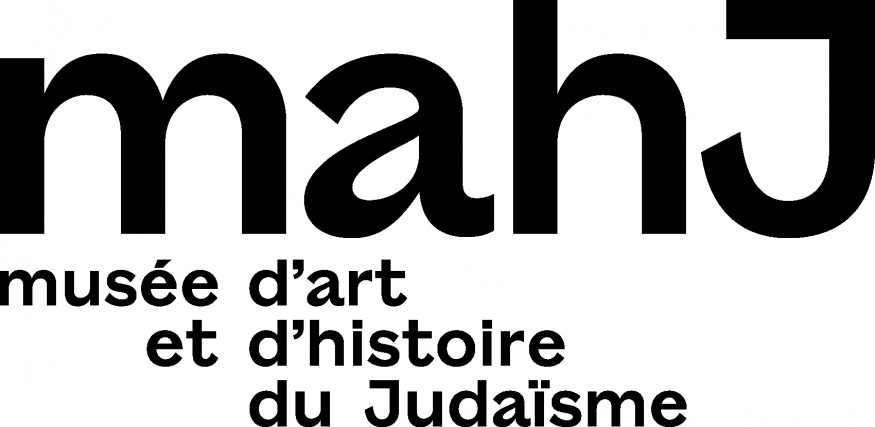Sergio Della Pergola has just published an extensive demographic study on Europe’s Jews. Pergola’s inquiry, produced in collaboration with David Staetsky and the London-based Institute for Jewish Policy Research, underscores current trends and places them in historical perspective. Europe was for centuries home to the world’s largest Jewish population center, and the community’s presence on the Old Continent dates to Antiquity. Around 1880, European Jews represented 90% of the world’s Jews. After the Holocaust, they accounted for only 35% of the total Jewish population, and by 2020, European Jews made up merely nine percent of world Jewry. Jacques Ehrenfreud, K’s history editor and professor at the University of Lausanne in Switzerland, interviewed Pergola about this landmark inquiry.
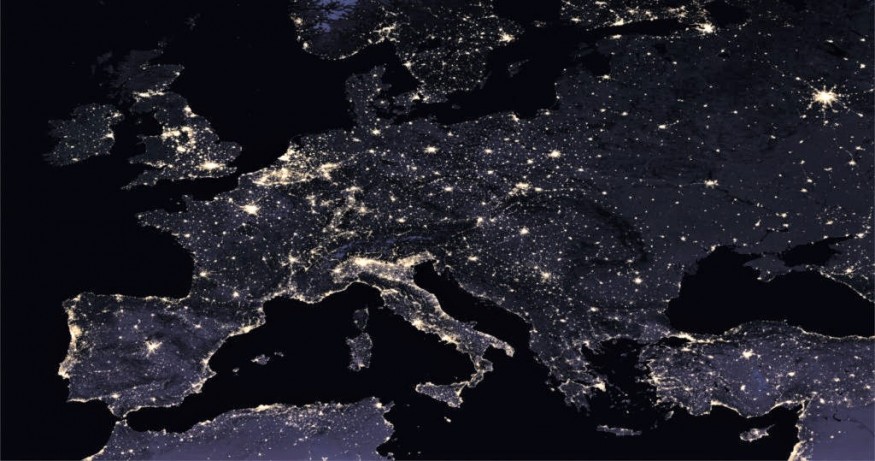
Jewish studies has long been concerned with historical demography. Ever since the Russian pogroms of the late nineteenth century, and the wave of migration coming afterward, our profession has devoted inordinate attention to population shifts. The turn of the twentieth century saw the rise of a number of institutions committed to documenting Jewish demographic and sociological evolution. The first office for the statistical study of Judaism, opened in Berlin in 1905, produced data around how the phenomenon of “assimilation” and associated developments such as the rise of intermarriage were affecting processes of cultural transmission.
In Eastern Europe, too, from the territorialist circles of YIVO, to Bundist and Zionist milieux, social science studies of Jewish population flourished. The biggest names in these disciplines include Arthur Ruppin, who after emigrating to Palestine set up the Yishuv’s statistical research bureau (the forerunner of the state of Israel’s statistics authority); and Jacob Lestschinsky, whose studies on Eastern European Jews are still authoritative. Liebmann Hersch, a Russian-born researcher who became a professor at the University of Geneva, contributed to this international effort from a Bundist viewpoint. After the war, Roberto Bachi, founder of Hebrew University’s Institute for Research on Contemporary Judaism, continued this crucial work. Sergio Della Pergola is a professor at the same institution, and as an heir to this important scientific tradition he has written numerous authoritative studies on Jewish demography. – Jacques Ehrenfreund
Ehrenfreund: In your recent survey on “The Jews of Europe at the Turn of the Millennium,” you observe that Europe’s Jewish population, as a share of the Continent’s overall population, has fallen to levels last seen in the Year 1000. Can you present us the stages of this evolution?
Della Pergola: Today, the two major players in Jewish demography are Israel and the United States. Europe had a predominant role for a long period of history, until the Second World War and even past that, until the end of the Soviet Union. But we have indeed returned to the same percentage of Jews in Europe as in the Middle Ages. Basically, this great demographic change is the result of population transfers from one area to another that began at the end of the nineteenth century. Of course, the Shoah was a central element in this demographic collapse; let us recall that two thirds of Europe’s Jews Europe were murdered in the Holocaust. But the relative and absolute decline in the Jewish population of Europe continued after 1945.
This is despite the fact that Europe, namely France, was a land of Jewish in-migration during the period of decolonization. The arrival of North Africa’s Jews in France could not stem the tide of numerical decline. The separation of Europe into two blocs does much to explain trends since the war. As long as the Iron Curtain existed, the vast majority of European Jews still lived in Eastern Europe, even after the Shoah. The second major change in the demographics of European Jewry was the opening of the borders of the Soviet Union after the Six-Day War. I think 1967 is a watershed for the history of the second half of the twentieth century, and not only for Jewish history. Jewish emigration began slowly in the late sixties, as exit restrictions were relaxed, peaked in the seventies, stopped in the eighties and then resumed after the fall of the Berlin Wall. Few immigrants came to Western Europe, opting in the main for Israel, the United States and Canada. One exception is contemporary Germany, which has received an influx of Jewish immigrants from former Soviet republics, and these immigrants and their descendants now constitute a large proportion of German Jewry.
JE: There has been migration to Western Europe, most notably among Iranian Jews after the Islamic Revolution and Israelis…
SDP: In spite of this fact, it must be stressed that the Jewish population in Europe has been consistently decreasing. The number of emigrants has increased, particularly from France, but also from other countries in recent years. Thus, the total number of Jews in Western Europe has visibly decreased. In Eastern Europe there has been an almost complete collapse, with only a residual Jewish population remaining. In short, the Jewish population of Europe, which still numbered 3.2 million in 1970, can be estimated at only 1.3 million today.
JE: After the war, thanks to the arrival of North African Jews, France became the main Jewish community in Western Europe. It has also experienced a significant decline in its Jewish population.
SDP: France is still the largest community in Europe and the third largest in the world after Israel and the United States. The fourth largest Jewish community is in Canada and it is possible that one day, not too far from now, Canada will overtake France. The main cause of the continuing decline in the number of Jews in France is the emigration of a significant part of its population. In a 2006 study, the sociologist Eric Cohen investigated the prospects of Jewish emigration from France. He showed that, roughly speaking, almost a third of French Jews were certain to stay in France, a third said they were decided to leave the country and a third did not know. But still, one third out of a population of half a million, that’s more than 150,000 people. This prediction did not come true, but between 80,000 and 100,000 Jews have left France in recent years.
JE: In the report, you talk about 52,000 French Jews settling in Israel, but you don’t give any figures, either for Canada or for other destinations outside Israel.
SDP: I tried to make an estimation on the basis of some assumptions and partial data. If we assume that half of the Jewish immigrants from France moved to Israel, then 50,000 Jews from France chose another destination. If we assume that two thirds arrived in Israel, then the number of emigrants will be a little lower, but it cannot be less than 80,000.
JE: So about a fifth of the French Jewish population has left?
SDP: Yes, that’s right. It’s quite remarkable. On the other hand, there is a small in-migration that continues. There are quite a few former emigrants who return to France.
JE: Do we have any figures on these returns?
SDP: We don’t have very precise data, but we can reckon that a quarter of those who make aliyah return to France. Perhaps a little more, but it can’t be less. This moderates the emigration effect somewhat. But this immigration continues despite everything. I recently published an analysis of aliyah in fifteen countries over the last thirty years. I wanted to answer the question: Why do people leave? And why, say, in 2015 and not in 2020? But I also sought to explain the remarkable differences between countries in the intensity of the phenomenon, that is, the proportion of departures to a country’s total Jewish population.
In this study, I do not ask immigrants why they made aliyah, because the answer would invariably be a cultural, ideological or religious justification. To find explanations, one must apply somewhat more econometric methods. First, I analyzed the events that occurred in each of the 15 countries considered. Secondly, I looked at the economic data and essentially at the unemployment rates, which I compared to the rate prevailing in Israel. The relationship between unemployment and aliyah is impressive. We arrive at a statistical explanation of seventy percent of this variation. This is enormous. There are, of course, other factors that should not be overlooked, but this one seems very important.
For France, there is another key element: terrorism. My basic hypothesis was that the attacks in Toulouse in 2012, Charlie Hebdo, the Hyper Casher, the Bataclan in 2015 and the Promenade des Anglais in 2017 should have been correlated with an increase in aliyah, but this was not the case.
JE: But it is undeniable that an increasing aliya in France is directly correlated with the hostile climate toward Jews that reigns there – hostility that has gone as far as murder! You mention the Bataclan attack in 2012 and Charlie Hebdo in 2015, but we should go back to the murder of Ilan Halimi and not forget the murders of students at the Ozar Hatorah school in Toulouse. Many French Jews, in a period that spans some 15 years, have determined to leave in the socio-political reality marked by such events.
SDP: There was certainly an increase after the Toulouse attacks, but it did not continue. Terrorism has continued and aliyah has decreased. On the other hand, when we compare the socio-economic indicators and the aliyah curve, which reached its peak between 2014 and 2015, there is a clear correlation. These economic considerations can explain aliyah, but Israeli politicians are not ready to hear about them.
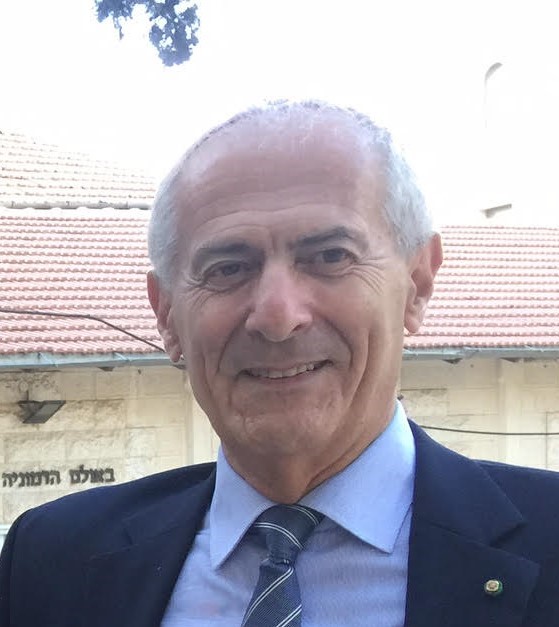
JE: The demographic crisis of European Jews is not only related to emigration. Could you quickly summarize its other aspects?
SDP: There are two phenomena. The first is the decline in the birth rate and therefore a population with few children, which is common to most European societies. There are quite interesting differences within the countries of Europe, but the decline in the birth rate is general. The Jews are part of this movement. The decline in the birth rate is somewhat more marked among Jews, but this is explained by a higher level of education. There is a negative relationship between the level of education and the number of children. In recent years, there may be a slight recovery due to the influence of people of more religious backgrounds in the Jewish population. As these groups have more children, they increase the average for the entire Jewish population. In some places, such as England, Austria or Belgium, strongly religious communities have a more visible influence on the Jewish birth rate. But in general, we are talking about a low birth rate, the consequence of which is a noticeable aging of the population.
JE: Can we talk about the categories you used in your survey? What definition of Jewishness did you use?
SDP: We are not in the field of rabbinical law, nor are we concerned with a legal definition. We are talking about the social sciences, therefore about the way people who have been contacted for a census or a survey define themselves. We have built a database that relies heavily on self-identification. If there is someone who is strictly Jewish, but does not identify himself as such, he is not included in the survey. On the other hand, if there is someone who is not Jewish, according to halacha, but identifies herself as such, she is included. We must be very careful, our estimate is empirical. We do not claim to have arrived at the absolute truth, but it is nevertheless interesting material, and indicative of the main trends.
To return to your last question, the other phenomenon concerns so-called assimilation. As we know, the Jews in Europe live under a regime of very strong social and cultural integration. In our survey, we are very attentive to the phenomenon of anti-Semitism and discrimination, but objectively, Jews are very integrated in their environment, so it is normal that there are mixed or exogamous friendships and marriages. This has an impact on the identity of the children born to these couples.
However, something seems to be happening in this respect: the percentage of mixed marriages is lower today among the younger generations than among the previous ones. Certainly, families have changed a lot, people live together without always being married. We have tried to take these changes into account. But still, we see a trend toward a decrease in mixed marriages. This surprised me because my first article, published when I was 19, was about mixed marriages in Milan. This is an interesting indication of a cultural change. We have to analyze the causes, but there is undoubtedly a shift, at least a partial one, of the phenomenon of assimilation.
JE: It would seem that the Orthodox Jewish population is escaping the general trend of aging?
SDP: That’s right, it’s a group that has strong self-defense and transmission mechanisms. But there is no hermetically sealed group, it is nevertheless true that the “Haredi” group – I always prefer to speak of Haredim and not of ultra-Orthodox, which is a normative term – unlike the Modern Orthodox, maintains an above-average birth rate. This group also shows a strong capacity to retain its young people.
JE: The demographics of Israeli Jews seem very different from those of European Jews. Can we quickly talk about this difference and explain it?
SDP: Indeed, Israel has a very different demographic model. The fertility rate is slightly above three children per woman. In the rest of the developed world, this rate rarely reaches 1.5 children. This very high birth rate surprises demographers. It is true that the Haredim, who make up 10 to 12 percent of the Jewish population, have a fertility rate of 7 that influences the overall average. But even without the Haredim and without the Modern Orthodox, who have a fertility rate of 4, and considering only the so-called secular population, the average is still between 2 and 2.5. The most secular Israelis have more children than the rest of the developed world. Tel Aviv, which has a fertility rate of 2.1 and is the most secular place in Israel, with a large population of singles, has a fertility rate that exceeds 2 children.
JE: This is a very particular phenomenon. How can it be explained?
SDP: In the case of Tel Aviv, the explanation is not related to religiosity. We did a survey on the fertility of couples in Israel. We asked a representative sample about their motivations for having a child. Seventy percent of the respondents gave intimate, private or personal answers, i.e. neither religious nor national: for the couple, for myself, for the children we already have.
JE: But why do we not find such an evolution in the secular Jewish populations of Europe?
SDP: Because Jews in Europe tend to adapt to the norms of the majority. There is another key to the reading of this phenomenon which seems interesting to me. It has to do with confidence in the future. There are surveys on the optimism of populations. According to these surveys, Israel is among the ten most optimistic countries in the world. The Israeli Bureau of Statistics provides the results of these surveys annually. They are strongly correlated with birth rates. The problem in Western Europe is that there is very little optimism. Israeli society, despite its problems, security issues and wars, shows a strong confidence in the future in its demography.
JE: You are about to publish a new study on Jewish identity in Europe. Can you outline the main points?
SDP: This is a continuation of the previous study, conducted jointly with my colleague Daniel Staetsky and the Jewish Policy Research Institute. We used the same database as for the 2018 survey, supported by the European Union, whose main goal was to understand Jewish perceptions of anti-Semitism. The particularity of this survey is that we found a sample via the internet, with the collaboration of organized Jewish communities and the Jewish press. We also used a snowball effect, i.e. we invited those who had received the link to the questionnaire to pass it on to people they knew, even if they were not members of a Jewish community. In this way, we were able to interview many people who are not affiliated, which increases the representativeness of this study. The survey explores three dimensions: it asks the respondents about what Judaism is for them, about the ways in which they understand or define it. At the same time, the more intimate aspects of Jewish identity are examined. The respondents were asked to express themselves on the contents they linked to their Jewish identity. The third dimension of the survey deals with practices related to Judaism, whether in the private or the community sphere. These different elements are present in many surveys, but most of the time separately. We wanted to coordinate them, and thus to see the relationship between these three levels. The hypothesis to be tested was: Are secular values replacing traditional religious values?
JE: And what is the result?
SDP: What we certainly notice is that in Europe there is a stronger presence of religious elements among the youngest, that is, in the passage between my generation and that of my grandchildren, the different measures of religion, religiosity, and ritual normative aspects are increasing. To some extent there is a slight – and I stress slight – decrease in interest in the Holocaust, in anti-Semitism, and even in the State of Israel. This is in many ways unexpected and we thought that European secularization would have fostered more cultural forms of Jewish identity. This is not so much the case. There is a reversal of the trend and in a more traditionalist direction. This can be partly explained by what we said earlier about the birth rates of the more traditional populations. But this is only part of the explanation. There is something more, a deeper movement, a search for Jewish roots that has increased.
There is another very interesting finding: the Jewish public is almost unanimous in perceiving a significant increase in anti-Semitism in Europe. Anti-Semitism manifests itself in different forms that I call a triple negationism. On the one hand, there is the classic anti-Semitism that denies the right of Jews to be equal to other citizens. Secondly, it is the denial of the right of Jews to their own memory of the Shoah, which must of course be distinguished from Holocaust denial. It is a more subtle phenomenon, but a real one. The Jews are reproached for appropriating a memory and thus standing in the way of the evolution of Europe. The third aspect is the denial of the right of the Jews to national sovereignty. I am not talking about whether the State of Israel is good or bad or whether its government is good or bad. I am pointing to the fact that hostility is perceived by a large proportion of European Jews.
JE: How do they respond?
SDP: The results of our survey show that many people who used to be on the periphery and even on the extreme periphery of the Jewish collective are moving back to the center. There are many attempts to reconnect, to reintegrate into solidarity networks. The other clear trend is the feeling of belonging to the Jewish people. This does not necessarily mean being explicitly Zionist, but it does mean expressing a feeling of belonging to this collective. We can hypothesize that these elements, the stronger religiosity, the renewed interest in Jewish culture and also the strengthening of the sense of belonging to a people are consequences of the pressure felt.
JE: Do we need to discard our preconceptions about assimilation?
SDP: Yes, absolutely. We cannot say that assimilation has completely stopped, because these are processes that occur across a wide range of national Jewish communities, but there is this phenomenon of return, of renewed interest in the Jewish thing. And besides, in the period of the pandemic, which has introduced us to a new dimension of virtual communication, I am very regularly invited to speak about one theme or another of Jewish interest. I sometimes see the faces of people whom I knew to be completely removed from any connection with Judaism, who are reintegrated into these circles, which is quite extraordinary.
Interview by Jacques Ehrenfreund.
Translation from the French by Daniel Solomon.
